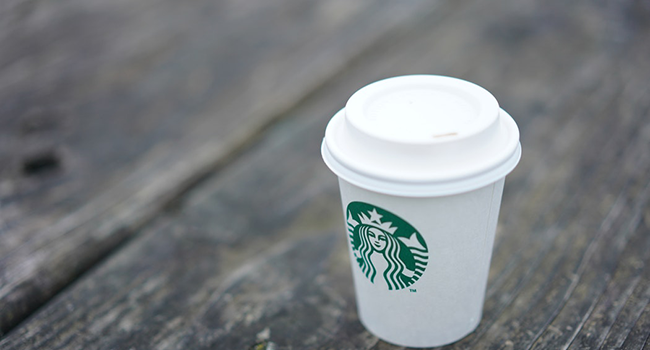User-generated content (UGC) is content created by users of online platforms, such as social media, and is generally publicly available. It is created by unpaid contributors, i.e. fans, and can come in the form of blog posts, images, testimonials, and videos.
UGC is a great way to boost your hospitality venue or restaurant's visibility (particularly online) and potentially help with sales. It’s likely that there’s already a ton of content about your hospitality business out there, so why not take advantage of it? Here's how to do it.

1. Use existing customer photos
Search to see what kinds of photos your customers have already posted online, particularly on Instagram. You can use Instagram’s geographic tags if you want to find photos from a particular location. You can also search by your company/venue’s name or by a campaign hashtag.
When searching, ask yourself what is most likely to create a conversation, this will provide you with the best UGC. Keep in mind that most customers will not tag their photos with your company/venue’s name. When Curalate analyzed a selection of Instagram photos about brands they work with, they found that 80% that include a brand’s location tag did not mention the brand itself, so make sure you do a bit of digging to find the content.

2. Determine consumer trends
Now that you’ve got a nice collection of UGC, it’s time to determine a few things about your aggregated content. Think about some of these things to understand what your customers are doing with their content, so you understand how you can maximize it:
- What demographic is most likely to share content about your brand?
- What exactly are they sharing? Are they sharing photos of your building, your food, your logo?
- Look at the location tags, are your customers at your venue or somewhere else when they share content?
- Are there certain holidays or seasons that more content is shared?
“What motivates clients to share your content? If you can identify particularly strong trends, then you can zone in on them and use them to your advantage in future campaigns,” recommends Greg Ryerson, content marketer at AustralianHelp.
3. Use creative contests
Hosting a contest is a great way to get some customer engagement. A contest, done well, will generate interest from new customers, as well as reminding regulars how much they love your brand.
When designing a contest, arm yourself with knowledge about what kinds of UGC is trending. Use this knowledge and build your contest around content that is already popular with your customers online.
The idea is that once you know what part of your business already has some buzz and popularity, you can build on that and generate more publicity from your customers.
For example, after doing some hashtag research on your restaurant, you discover that users are already excited about your burger. With this in mind, you can design a creative contest in which customers submit photos of themselves with the burger, along with new name suggestions.
4. Hype your Yelp page
Yelp can be an incredible asset to a restaurant/venue that knows how to use it properly. Reviews are often a forgotten form of UGC. Make sure all the information on your page is up to date.
Check your page regularly and respond to reviews. It’s especially important to respond to negative reviews, apologizing and offering to remedy the situation. Promote your page inside your venue. Remember that Yelp forbids businesses from asking for reviews, so just post a sign asking customers to find you on Yelp.
5. Ensure it’s well-written and polished
Any writing involved with your UGC must be well-written and polished to maintain your venue’s prestige. Try some of these tools to help:
Grammar Checker and Word Count
Grammar Checker and Word Count are helpful writing tools that will be useful when writing creative contest descriptions, interacting with clients on Yelp, and editing your UGC.
My Writing Way and WritingPopulist
For some useful writing guides, use My Writing Way and WritingPopulist when writing copy for creative contest descriptions, your Yelp page descriptions and, replies to customer reviews.
PaperFellows and Oxessays
PaperFellows and Oxessays are proofreading tools suggested by Huffington Post, to ensure your UGC, contest descriptions, Yelp descriptions and, interactions are error-free and polished.
Academadvisor and Studydemic
Academadvisor and Studydemic are great for writing advice for contest descriptions and communicating with clients on your Yelp page.
UKTopWriters
UKTopWriters is an online writing community where you can find tips and tricks to help you write contest descriptions. It’s important that any writing associated with your venue is well written and edited or it will reflect poorly on your business.
With some of these tips, your restaurant or hospitality business can now harness the potential of user-generated content, to gain stronger brand awareness, visibility and potentially increase sales.
Start your Typsy online hospitality training with our lesson on Maximizing user-generated content on Instagram. Watch now!
 |
Grace Carter has been working in hospitality for 7 years, and now she helps hotels and restaurants build an online presence. She creates converting content, writes marketing texts and helps with social media. Also, Grace proofreads articles on Revieweal, online service that reviews online writing services. |
You might also like